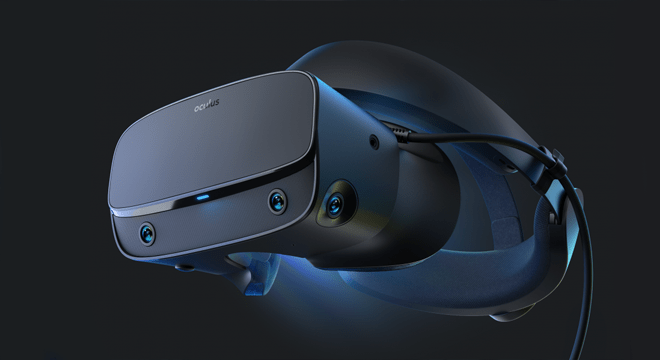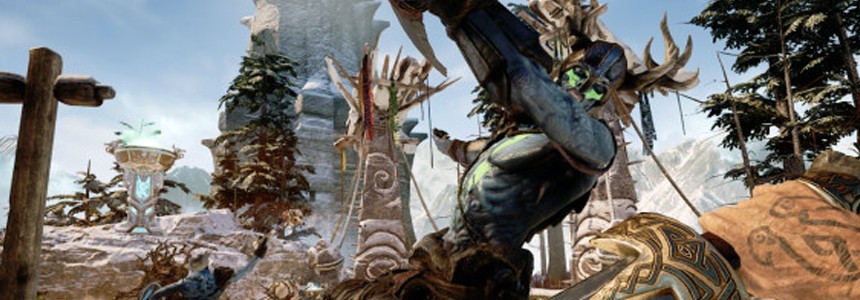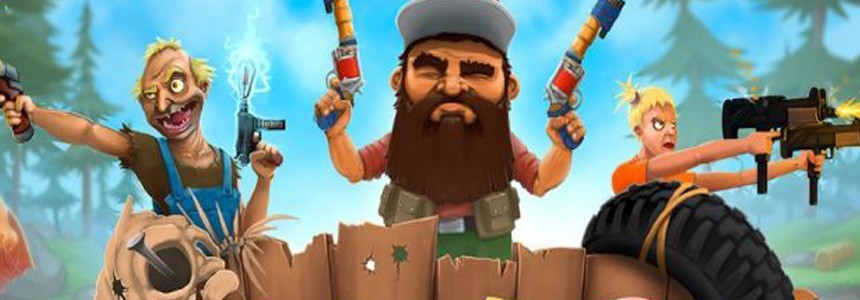Stormland is an Oculus exclusive that pushes the boundaries of VR

For the first 15 minutes or so, Stormland is nothing special. Everything looks like your standard, story-driven VR experience. The movement speed is slow, there are major environmental puzzles to solve, and your route through the game is linear and littered with points where you just have to stand and listen to someone speak. It's boring at first, am I right?
But then something amazing happens. After climbing onto the transport platform, your avatar, a silent gardening robot named Vesper, flies high into the sky. Here, surrounded by a sea of undulating clouds, is a series of floating islands just ripe for exploration. This is where you first attach the Slipstream engine to your hand, a device that allows you to fly across the top of the clouds like Superman on roller skates, and this is where the game really opens up, giving you a sense of freedom that is rare in most VR titles.
Cloud surfing isn't the only way to get around, although the further you get the more upgrades and improvements you'll find for the Vesper. The most useful of which allows you to capture surfaces from a distance of up to 5 meters. Then, with a flick of your wrist, you can launch yourself into the sky and scale huge structures in a matter of moments.
This fluidity of movement seems amazing, and the fact that I didn't feel any VR sickness is a testament to the skill of the development team.
This does not mean that beginners will not feel anything. Stretched levels contain a lot of verticality, which means that moving around them can be quite extreme. Anyone with a bit of VR experience under their belt should spend most of their time in Stormland pretty comfortably.
There is a lot of depth to Vesper upgrades, and you'll learn how to purchase and install them as you progress through the story mode. After about 5 hours of play, Stormland's campaign and after completing the storyline, the game enters what is called the open world.
Here, players can engage in combat and exploration of Stormland for as long as they like, and to keep things fresh, once a week the world is reset. This changes biomes, locations, and missions, giving the game a near-infinite feel that should push your game time well past that initial 5-hour mark. This is especially true if you decide to meet up with a friend and play a game in co-op multiplayer.
While exploration takes up most of the game, Stormland is a shooter at heart, and I really enjoyed the feel of Far Cry in its action. With so much freedom of play, you can approach each enemy encounter in any way you see fit. From sneaking through tall grass and covering an unsuspecting enemy from behind, to sniping distant targets from the safety of a cliff top, the choice is up to you.
Too bad the excitement of these confrontations is tempered somewhat by some impressively boring AI. Your enemies will attack in a straight line and they will often stand perfectly still, soaking up your bullets until they explode into spare parts. At other points, the motion controls can add an extra level of frustration to combat. It's incredibly easy to accidentally draw your pistol in the middle of a fight when you want to switch weapons or, and this has happened to me a lot, accidentally grab the scenery and not the item you intended to pick up. None of these shortcomings are enough to ruin the impression of the game.
Stormland is another recent title that fits within the AAA framework that VR fans have been asking for for a long time, and it just goes to show how quickly these experiences are improving and evolving.
 Thank you very much!
Thank you very much!





